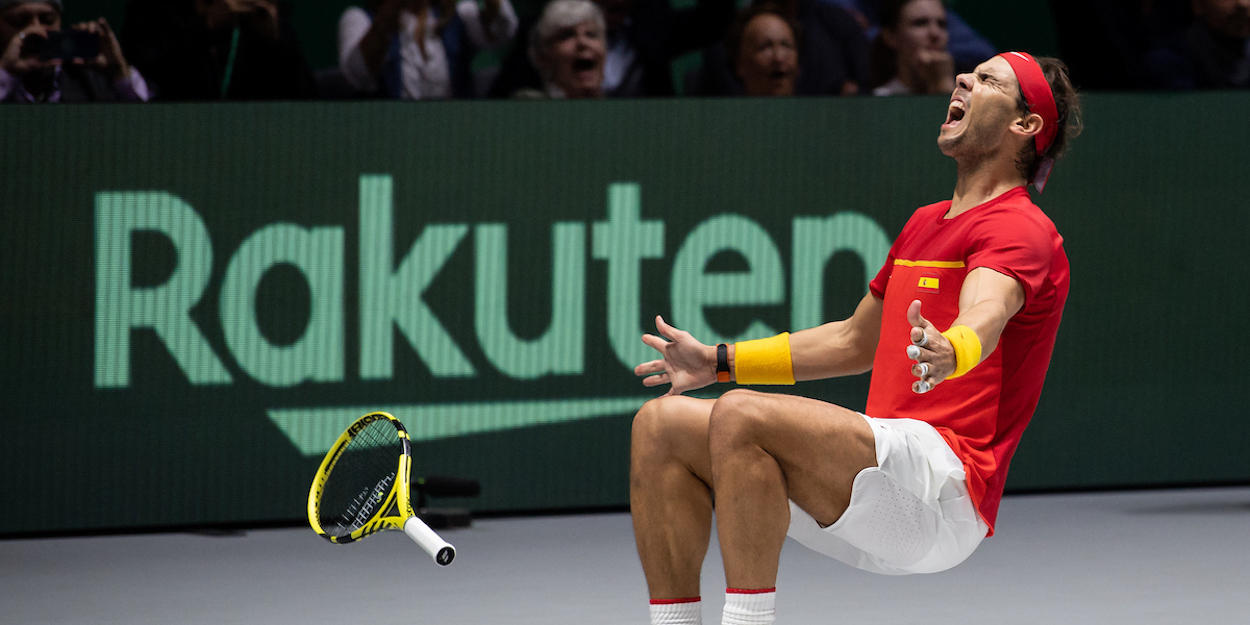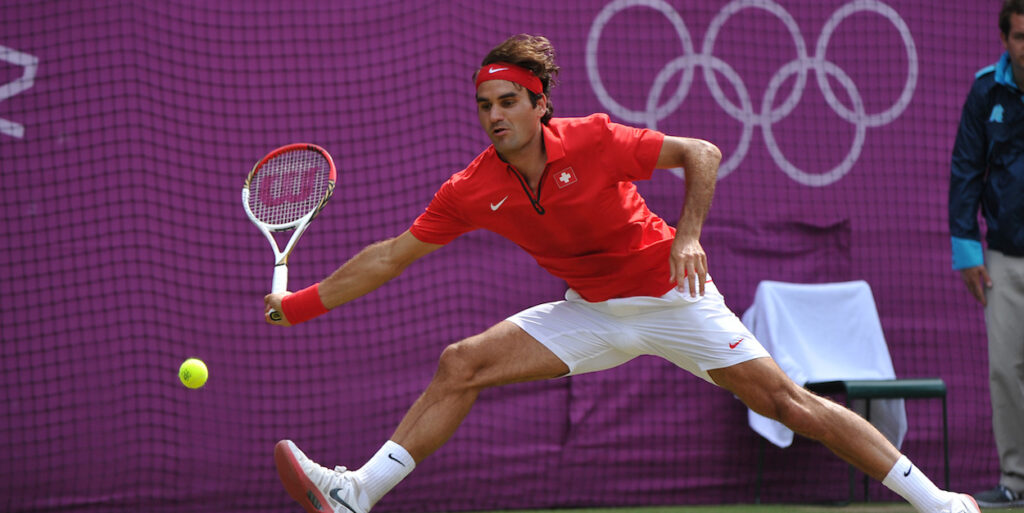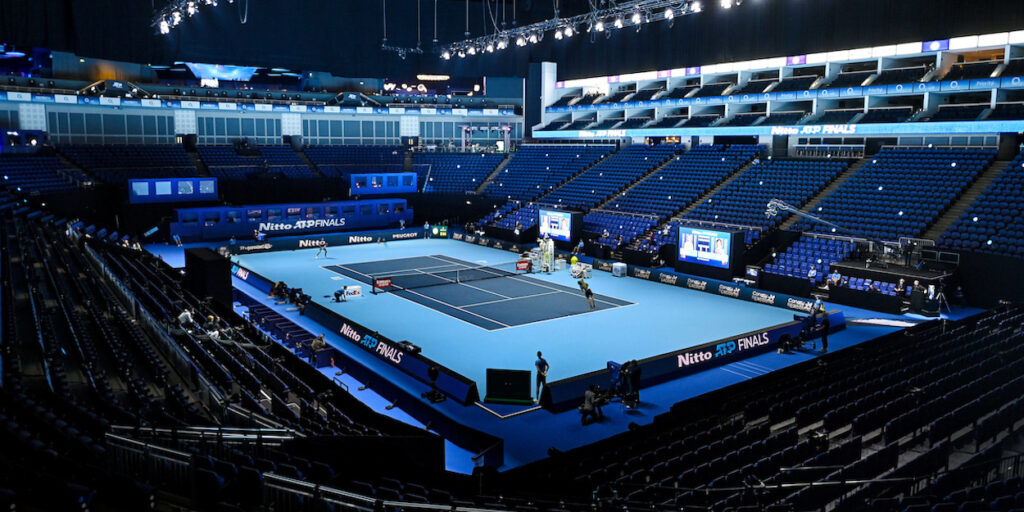
Opinion: Is tennis over-governed? Examining the role of the ITF amid changing times
So, there you are in the kitchen, trying to cram a huge pile of pots and pans back into the cupboard. They all came out of there, so why won’t they go back in again? No matter how you arrange them – or how much you swear at them – there’s always one pan left and no place to put it. And then it dawns on you: what in the world do you need all these pans for? Alix Ramsay investigates the role of the ITF
Let’s face it, the average kitchen needs a big pan for cooking big stuff, a small pan for cooking small stuff and a frying pan for waving threateningly at the large, hairy spider that appears to have set up home behind the fridge. All the rest are surplus to requirements – and expensive, to boot. Which brings us, in a roundabout sort of way, to the complicated world of tennis.
Tennis is a sport. A sport. Sport, singular. It’s true that it is played in many different countries and on several different surfaces and, yes, there are men’s singles and doubles events and women’s singles and doubles and, on occasion, mixed doubles. But it is all the same sport. The tennis they play in Argentina is the same tennis they play in India, Australia and Guadeloupe. Yet this one sport is awash with governing bodies and authorities. Why?
Going back to the pots-and-pans principle, it makes sense to have one authority running the men’s game and another running the women’s game. The two tours have different markets and different audiences. That, then, explains the ATP and the WTA: the big pans for the big stuff.
It’s also reasonable to accept the existence of the Grand Slam Board (GSB), the Grand Slams being very different beasts to the regular tour events. The GSB is the small pan but merely in the sense that there are only four Grand Slams to fit into it.

As explained on Wimbledon.com: “The Grand Slam Board is responsible for the coordination and management of activities of mutual interest to the four Grand Slam tournaments. These activities include: Grand Slam Tournament Rules, Regulations and Code of Conduct, Officiating, Tournament Calendars and relationships with governing bodies and third parties. Through the Grand Slam Board, each Grand Slam is able to focus on ensuring the success of their individual tournament while at the same time collectively recognising the importance of the need to promote the health and growth of tennis throughout the world.”
That all seems fairly straightforward. And given that the ATP has its own rule book, code of conduct, umpires, calendar and the like – as does the WTA – that appears to wrap up the governance of the sport.
Except that we have barely scratched the surface. We haven’t even mentioned the national associations and federations – and there are barrowloads of them. In almost every country where tennis is played, there’s a national association or federation. Some are big, some are small; some are rolling in cash, some eke out an existence. But they all matter to their own players.
In the UK, there’s the LTA, and part of its mission statement reads: “We’re here to govern and develop tennis in Britain, from grassroots participation through to the professional game.” How successful it is in this aim is a debate for another day but the LTA, like every federation, is the useful frying pan used to swat away any obstacles (or, indeed, spiders) that may stand in the way of the general public playing the sport and the talented young players making their way towards the professional game.
What else is left to do, then? We already have national and international authorities to help mere mortals try to play the sport. We also have authorities to preside over those who are good enough to make a living from the sport.Yet we’re still left with the ITF, the International Tennis Federation. Like that last pan left sitting on the kitchen counter when the cupboard is full to bursting, it doesn’t seem to fit in.
According to its website, the ITF aims to “develop and grow tennis around the globe, working with Regional and National Associations to identify rising talent and build new and better facilities”. That’s all well and good, but isn’t that what every other governing body is trying to do?
“Our approach to performance is structured so the most naturally-gifted players can aim for [the] highest levels of the sport,” continues the statement on the website. But is that not the job of the national associations? What does the ITF do that no other entity can?

It does have the Davis Cup, but it has handed over the reins of its pride and joy to an external company. In 2018, the ITF signed a 25-year deal worth $3 billion with Kosmos, the investment group founded by Barcelona footballer Gerard Piqué. Sure enough, the revenue from this project will be ploughed back into grassroots tennis and increased funding for the ITF-affiliated nations (which is vital for the smaller federations working on a tight budget), but the deal did sound a little too good to be true.
The first edition of the revamped Davis Cup Finals was presented in 2019: 18 countries all playing over the course of a week in Madrid. Split into six groups of three teams and all playing at more or less the same time, trying to keep track of who was doing what and where and to whom was all but impossible. Thankfully, Spain won in the end, so the local crowd went home happy.
The 2020 finals were cancelled because of the COVID-19 pandemic and when the event returned last year, it was hosted in three cities in three different countries, with the semi-finals and final held in Madrid. And Spain, without Rafael Nadal, went out in the round-robin stages, which did make the whole event seem like a bit of a damp squib.
Worse still, no sooner had the new Davis Cup format been launched in November of 2019 than the ATP created its own version of a world team competition. They presented the ATP Cup at the start of 2020 – just in time to give the participants guaranteed matches before the commencement of the Australian Open.
This year, the Davis Cup Finals will be held in four different countries (good luck with booking your accommodation and flights for that). But at least the whole event has not been shipped off to Abu Dhabi as was mooted late last year after reports that Kosmos had lost millions of dollars at the inaugural finals. It all sounds worryingly familiar.
In 1999, the ATP signed a $1.2 billion contract with sports marketing company ISL. The celebrations didn’t last long, though; by early 2001, ISL was trying to unpick the 10-year deal and by May of that year, the company was declared bankrupt.

No matter: the ITF still has the Olympics. Except that tennis is only a small part of the Olympic behemoth, and everything to do with the Games is held in the vice-like grip of the International Olympic Committee. You cannot blow your nose at an Olympic event unless your tissues have been made by an official Olympic sponsor.
The problem for the ITF is that it was established in 1913. It was a different era, a time when tennis was just beginning as a truly international sport. Back then, it was the only governing body as it set about coordinating, unifying and standardising everything – from the language of tennis (initially French but soon replaced by English) to the structure of the tournaments we now know as the Grand Slams.
By the 1960s, the world was changing. The open era began in 1968 and professional tennis was upon us. Four years later, the Association of Tennis Professionals was founded; a year later, the Women’s Tennis Association was born. Then, in 1986, the Grand Slam Development Programme was developed “to encourage and increase competitive opportunities for players from developing tennis regions”, as the official Wimbledon website explains.
None of this would have been possible without the creation of the ITF decades before. Yet, slowly but surely, everything the ITF once did alone was now being done by others. As the sport grows and develops, it’s hard to work out exactly what it does that some other body could not.
The ATP and WTA could, in theory (and with a fair amount of upheaval), have their own feeder tours to lead into the elite professional game. There is constant talk of the Davis Cup Finals and the ATP Cup merging (and logic dictates that a 10-day event held in Melbourne just before the Australian Open is the better option). The GSB could expand its international work in developing tennis around the world.
The ITF, then, is like that paella pan that seemed like such a good idea when you returned from your holiday in Spain. Yet it never fits back in the cupboard – and you can make paella in a frying pan.
🎾 Free >> Join our legendary newsletter
🎾 Join >> Receive $700/£600 of tennis gear from the Tennishead CLUB
🎾 Social >> Facebook, Twitter, Instagram & YouTube
🎾 Read >> World’s best tennis magazine
🎾 Watch >> How to enjoy ATP/WTA/Slam tennis on TV
🎾 Shop >> Lowest price tennis gear from our trusted partner


